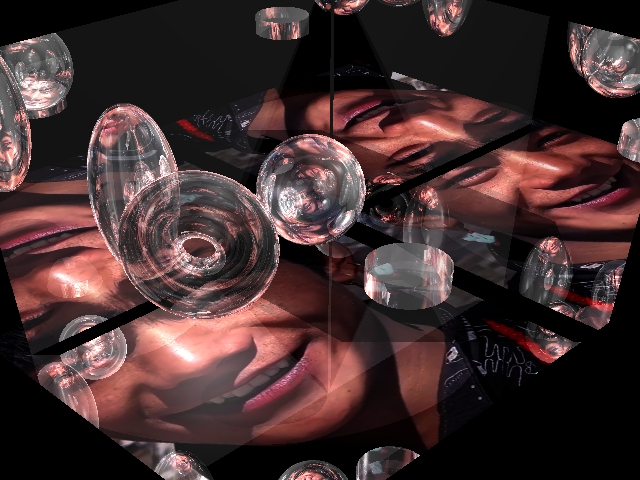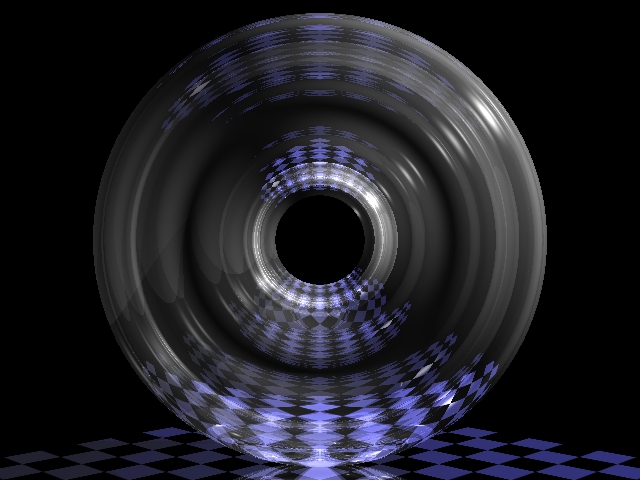





Crane He Chen
Email: h.chen1@northeastern.edu
Abhijeet Chowdhury
Email: chowdhury.ab@northeastern.edu
Office Hour: Thursday, 2:30PM-3:30PM
Taiwei Cui
Email: cui.ta@northeastern.edu
Office Hour: Tuesday, 12PM-1PM





This course provides a fundamental introduction to computer graphics with hands-on opportunities. We cover four main subfields of graphics in the lectures, including rendering, geometry, animation, and simulation. The focus is geometry. We begin our journey from image processing, spend time studying the rendering of three-dimensional scenes using ray-tracing techniques, adding texture to surfaces, exploring the tessellation problem on Euclidean plane with wallpaper groups, and looking into how to animate an animal in an industrial pipeline. During the lectures, there will be a short break every 45 minutes, because super long didactic lectures are unhelpful for focusing. During the break, we will be watching either two SIGGRAPH technical paper trailers from the past 10 years or a classical short computer animation movie.
By the end of this course, you will be ready to









Q: "Is this scary though?"
A: "No. It is just new. I can do everything to help you speed up. And you only need to learn the parts as you need."
The grade system follows the University Grading System:
| Week Num. | Lecture Slides | Keywords | In-Class Coding Practice | Assigned Reading |
|---|---|---|---|---|
| Week 0 | Welcome |
|
|
|
| Week 1 | Math Preliminary |
|
|
|
| Week 2 | Software Tools |
|
||
| Week 3 | Morfing |
|
||
| Week 4 | Spatial Transformations |
|
||
| Week 5,6 | Rendering Equation |
|
||
| Week 7 | Texture Mapping |
|
|
|
| Week 8 | Intro To Tiling Theory |
|
||
| Week 9 | Intro To Discrete Geometry (Fundamentals) |
|
Week 10 | Intro To Discrete Geometry (Applications) |
|
Week 11 | Intro To Computer Animation |
|
Week 12 | (Neural) Fluid Simulation |
|
|
Week 13 | PDE Strikes Back |
|
|